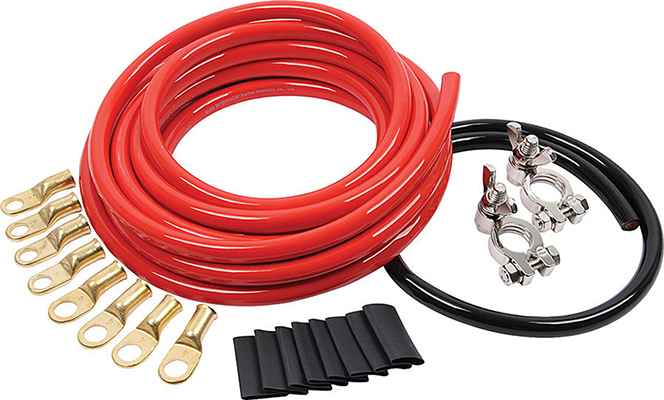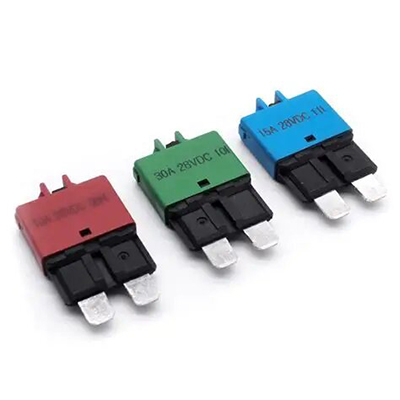The Role of Wire Harnesses in Connecting GPS Modules to Display Units for Automotive Navigation Systems
News 2025-10-24
Wire harnesses are essential components in the automotive industry, serving as organized bundles of wires, connectors, and terminals that facilitate electrical connections. In automotive navigation systems, they play a pivotal role in linking GPS modules to display units, enabling the transmission of data and power for accurate positioning and user interaction. This connectivity is crucial for real-time navigation features, such as route guidance and traffic updates, which rely on seamless communication to enhance driver safety and efficiency. By integrating these elements, wire harnesses help create compact, reliable systems that withstand the demanding conditions of vehicle operation, including vibrations and temperature fluctuations.

Key Application Scenarios
Wire harnesses find extensive use in various automotive contexts. For instance, in passenger cars, they connect GPS receivers to infotainment displays, supporting features like hands-free navigation and voice commands. In commercial vehicles, such as trucks and buses, these harnesses integrate with fleet management systems to provide real-time tracking and diagnostics. Additionally, in emerging electric and hybrid vehicles, wire harnesses handle the interface between GPS units and advanced driver-assistance systems (ADAS), ensuring precise location data for autonomous driving modes. This versatility makes them indispensable across different vehicle types and operational environments, from urban commuting to long-haul transportation.
Performance Benefits
Wire harnesses deliver significant advantages in automotive navigation setups. They streamline wiring by reducing the number of individual connections, which minimizes space usage and lowers the risk of electrical failures. Enhanced signal transmission ensures that GPS data reaches display units with minimal latency and interference, critical for maintaining navigation accuracy in dynamic driving conditions. Furthermore, their robust construction, often featuring high-quality insulation and protective coatings, provides resistance to environmental factors like moisture and heat, extending the lifespan of navigation components. Overall, these attributes contribute to improved system efficiency and reliability, supporting better performance in everyday and extreme scenarios.
Common Questions and Answers
1. What is the primary function of a wire harness in GPS systems?
It bundles and organizes wires to securely connect GPS modules to display units, ensuring efficient data and power flow.
2. How do wire harnesses handle electromagnetic interference?
They incorporate shielding materials and proper grounding techniques to protect signals from external interference, maintaining system integrity.
3. Why are custom wire harnesses important for automotive applications?
Custom designs allow for precise fit and compatibility with specific vehicle models, optimizing performance and reducing installation complexities.


